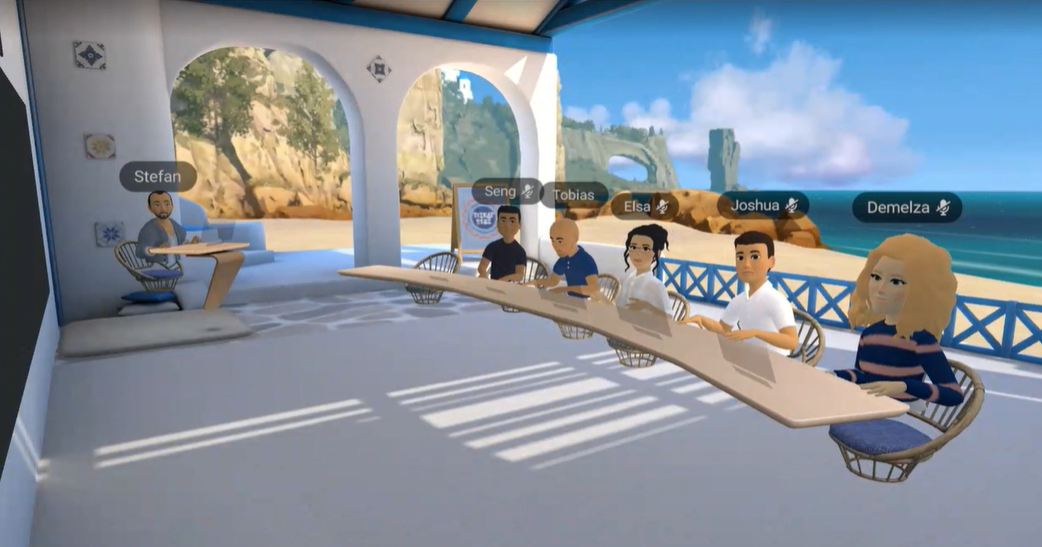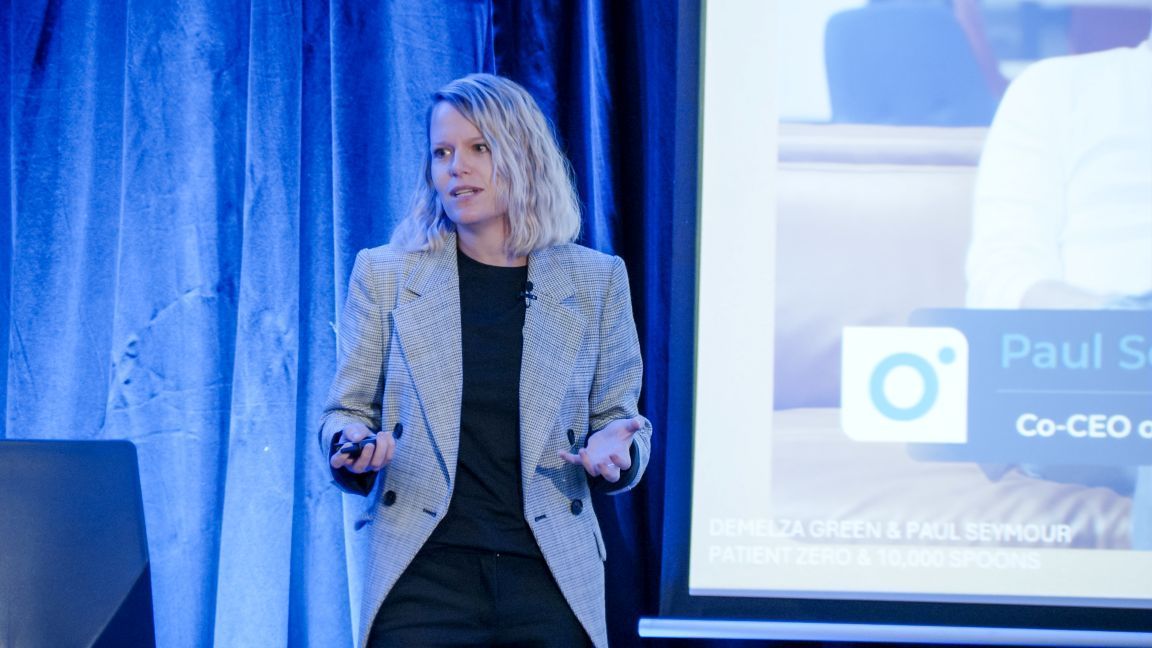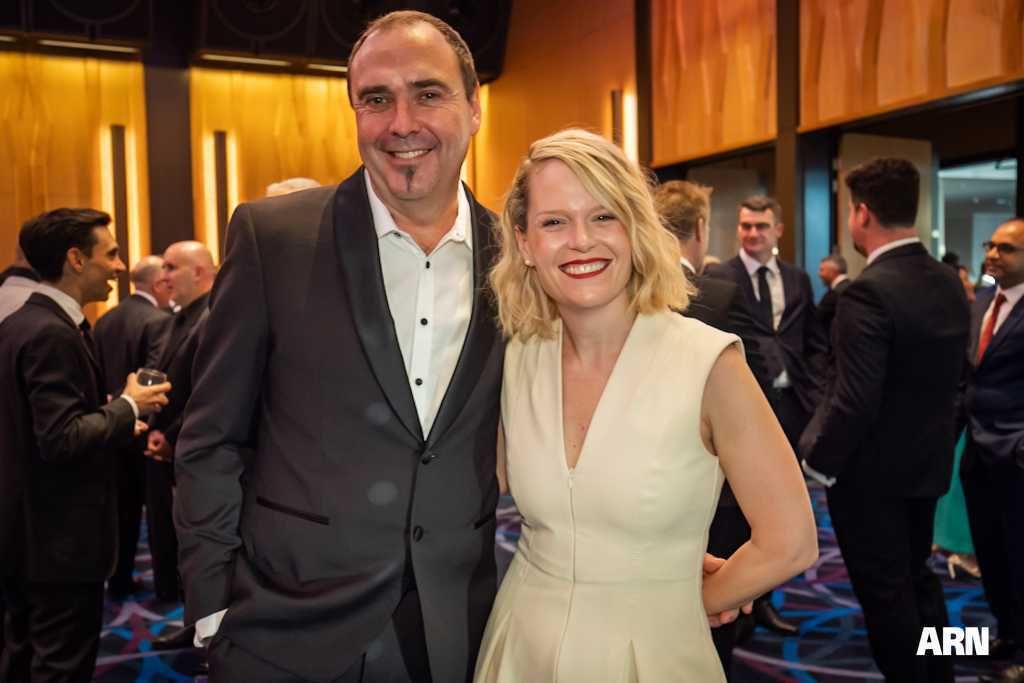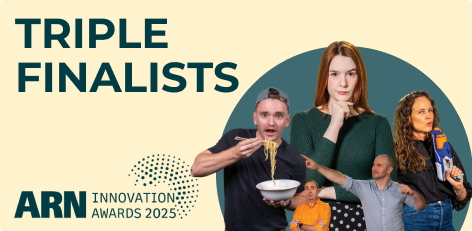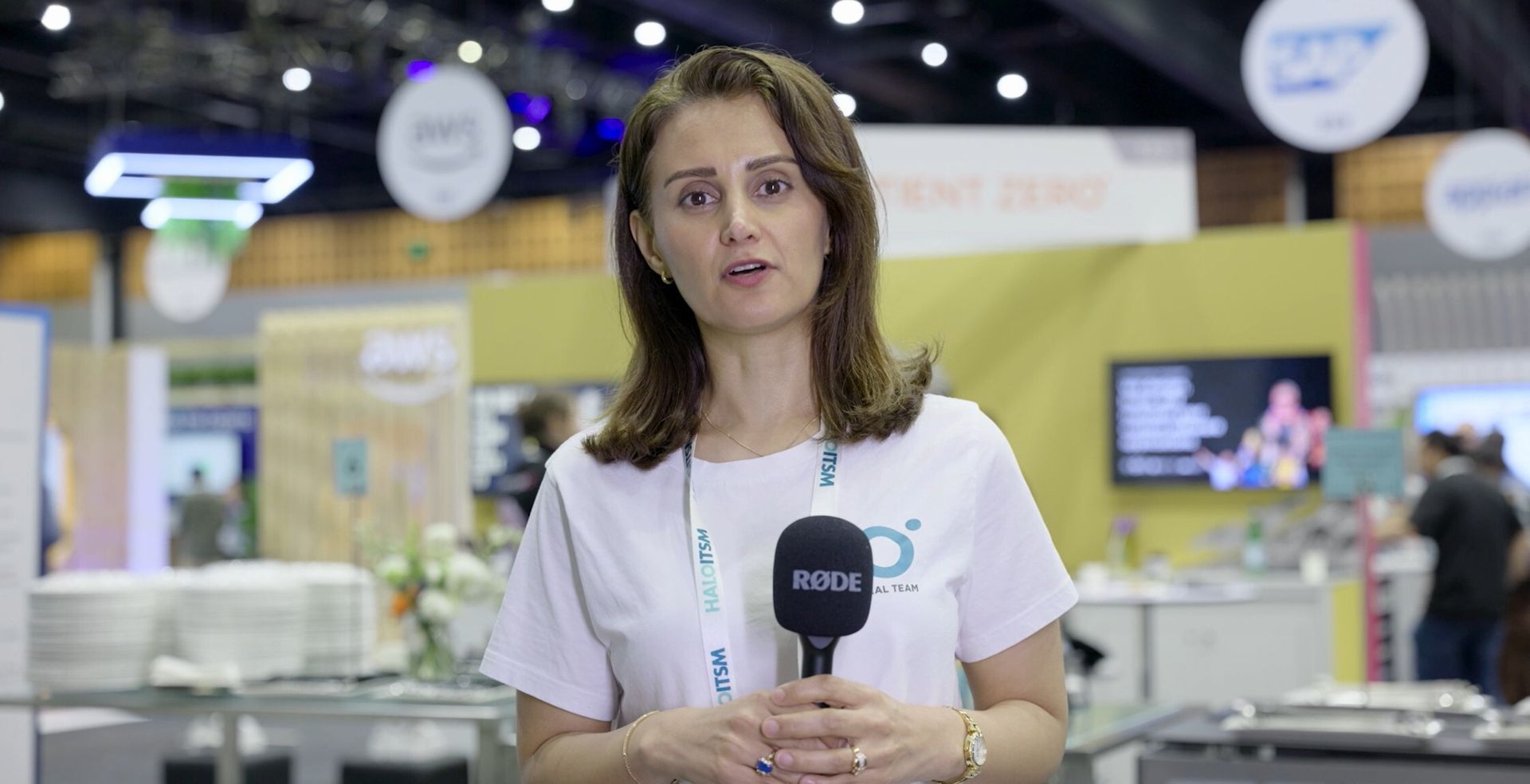Patient Zero Enters the Metaverse: Hybrid Work
By Demelza Green, Principal Experience Manager
At Patient Zero we love working with new technologies.
Any chance we can get to explore a new piece of tech’s potential, we’ll take it. Whether it’s jumping onto the Kubernetes bandwagon, working with a package that is still in beta (which definitely has its pros and cons), or working with the applications of blockchain, we love exploring the potential of new technologies and how these can make our lives, and those of our clients, better.
So when Facebook became Meta and refocused on the Metaverse, we paid attention.
Not in an ‘oh let’s generate some PR moments’ kind of way, but in a ‘how can we leverage this technology to enhance the PZ experience in our hybrid-operating model, whilst having some fun.’
This technology has the unique potential to power a range of different dynamics that is fundamental to our Way of Working, which sees our development teams come together regularly for ceremonies throughout each sprint. So whether it’s a daily stand up, showcase, or a sprint planning meeting, our teams are constantly collaborating with each other to solve the inevitable challenges that come up during every development project, collaboration that Slack and Whereby enable functionally, but don’t build the human connections we all thrive on.
When it came to decision time, it was kind of a no-brainer that Metaverse could benefit our teams in our hybrid working model, so we decided that it was worth equipping a team with Oculus Quest 2 VR headsets and settled on Horizon Workrooms to power our collaboration for this trial. While Horizon is still in Beta, it’s a Meta application so it’s the closest thing you can get to a native application for the Oculus.
Then, given it’s 2022, we started waiting for everything to arrive.
And after a little bit of time, the devices started to trickle across to our pilot team in Sydney and Brisbane. After some inevitable (but still way longer than expected) just-turned-this-on-for-the-first-time OS updates, setting up the play zone free of trip hazards, and selecting from the 1,000 available eyebrows to choose from for the avatar, the team was ready to transition onto Horizon Workrooms and see how this worked.
I’ll leave it to the team who are piloting this to share their reflections on how the day-to-day of working in the Metaverse is panning out (spoiler alert – I’m not actually a member of the development team that’s trialling it, but as our Principal Experience Manager I, of course, have my fingers in the pie), but what I can say is that our first showcase last week was an amazing experience.
During the pandemic, we’ve gotten used to working from home, with two dimensions of everyone in their lounge, bedroom, or study, so to be able to see everyone in 3D was a huge step up. I know it’s trite, but it actually felt like we were in the room together, bringing a completely new and different energy, creating a more human connection.
Over the coming weeks, some of the members of our team who are trialling the Metaverse will share their reflections on how they’ve found it, what we’ve learned and how we’re applying these learnings.
So stay tuned if you’re interested in how VR and the Metaverse can be used at work to drive collaboration, enhance productivity, and most importantly – build stronger connections in a hybrid environment.

